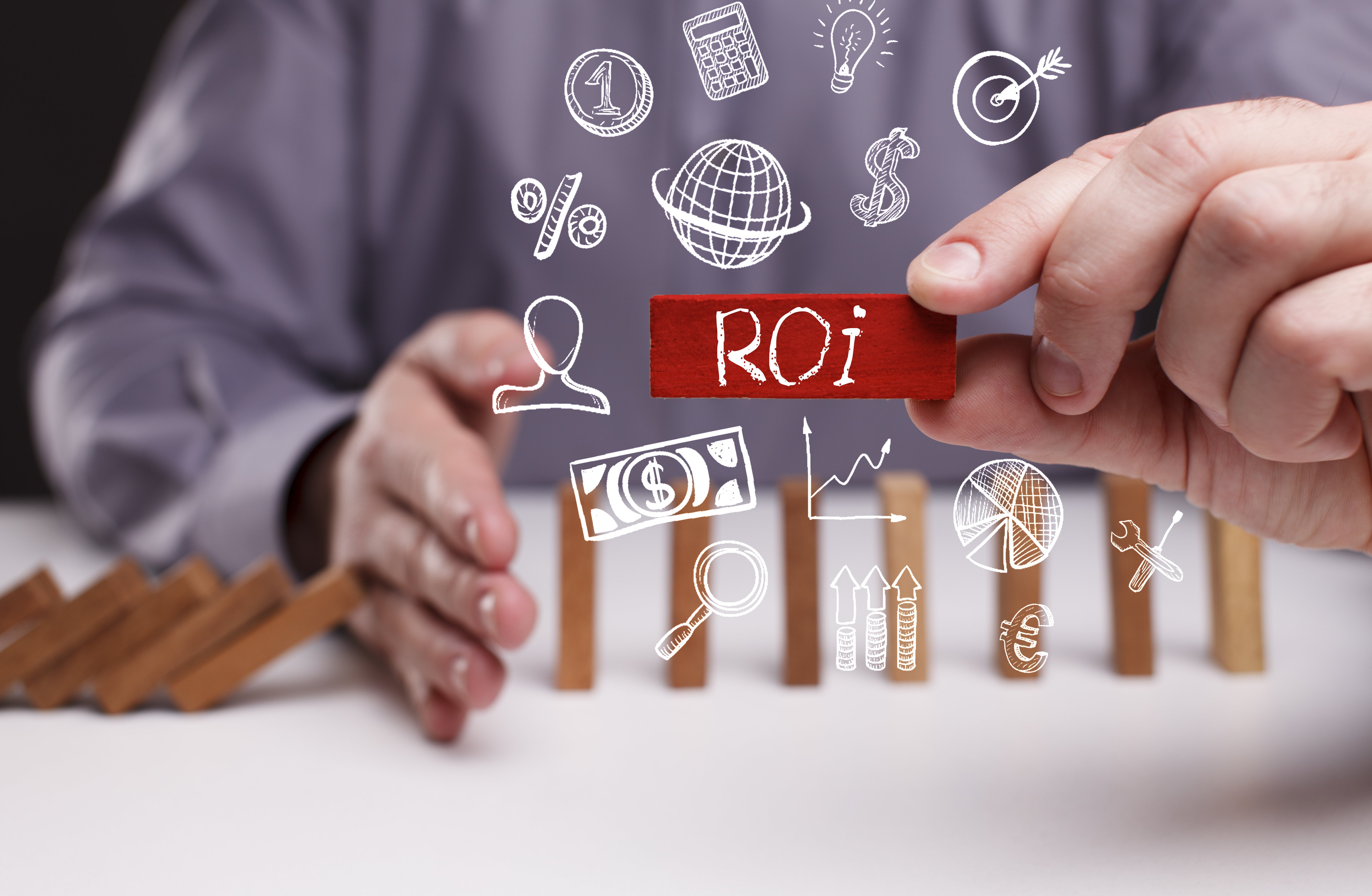Just like any technology investment, the question inevitably will come up when looking into Sales Enablement platforms - what is the return on investment, or ROI?
There are a multitude of ways that Sales Enablement platforms can create a substantial financial return, including increased productivity, improved information accuracy, reduced overhead expense, greater sales revenue, increased customer satisfaction and retention, reduced selling cycle times, created more compelling engagements with customers, reduced workforce training time while improving training effectiveness, and more.
However, there are two areas in particular that most organizations can use existing internal data for to calculate their personal benefit from a Sales Enablement platform: increased productivity and decreased marketing waste.
Increased Productivity
Salespeople are busier than ever, with more tools and more responsibilities than ever before. There are a multitude of things taking up a salesperson’s time, but for the sake of simplicity, we’ll focus on one area: content.
We all know content is king, and that the buyer-seller relationship has changed - sellers need to be able to provide valuable content to a prospect at every stage of the buyer journey. The struggle for salespeople often becomes determining what content will be most valuable to the prospect, and determining whether that content already exists, and if so, where to find it.
Docurated’s 2018-2019 Sales Enablement Trends report revealed that sales reps spend 26 hours per month searching for and recreating content. Based on that information, below is a simple calculation to help you determine what the cost of that decreased productivity is for your organization, per rep.
26 hours x 12 months in a year = 312 hours, or 39 sales days lost
39 x (Dollars of business closed per rep, per year / 245 working days per year) = lost potential revenue
Though the number will vary from business to business, the calculation above is likely an eye-opener, and revenue that your company would certainly like to have in the books.
Sales Enablement platforms can help immensely when it comes to content delivery. Bigtincan delivers content to sales users based on role, only making available the content that’s relevant to them - decreasing content overload and search time. Not only is all of the content, and only the right content, available at your sales teams’ fingertips, on or offline on any device, but Bigtincan SalesAI will even recommend content based on what’s been successful in moving the needle in other similar sales situations. Bigtincan also gives reps the ability to make edits to content, within the permissions set by the content creator, to quickly personalize presentations and documents to fit their sales situation, decreasing time spent attempting to do so on a desktop, in a specific software program they may or may not even have access to.
Decreased Marketing Waste
It’s no secret that marketers spend a significant portion of their budget on content creation - after all, it’s the key ingredient in driving inbound and outbound marketing and sales campaigns.
However, research from IDG found that 58% of a vendor's marketing content is not relevant to potential buyers, reducing a vendor's chance of closing that sale by 45%.
Consider the following calculation, based on that data:
(Marketing budget spent on lead generation annually x 45%) + (Amount of marketing budget spent on content creation and sales tools annually or 12% according to IDC research x 70% of content that is not used, according to SiriusDecisions) = Waste
Sales Enablement Automation (SEA) platforms help decrease that waste in several ways:
- SEA platforms track content usage, and can link content usage to specific deals closed. That information then informs AI and machine learning algorithms, that can begin to recommend the right content for a salesperson to share with a prospect. More relevant content to the prospects = more chance of closing deals.
- SEA platforms’ usage tracking is also beneficial when optimizing content creation plans: marketers can now see what content is used, what isn’t, and what helps close deals. They can then spend less resources on pieces that don’t work, and spend more resources on pieces that move the needle.
- SEA platforms organize content and deliver it to salespeople so that content isn’t sitting unused simply due to the fact that no one can find it. It’s there at their fingertips.
These are just two of the areas where Sales Enablement Automation platforms like Bigtincan can help make a quantifiable difference in your bottom line. Want more? We explore a multitude of justification models in our Ebook, “Sales Enablement ROI: How to Justify your Initiative” - get your copy here.


